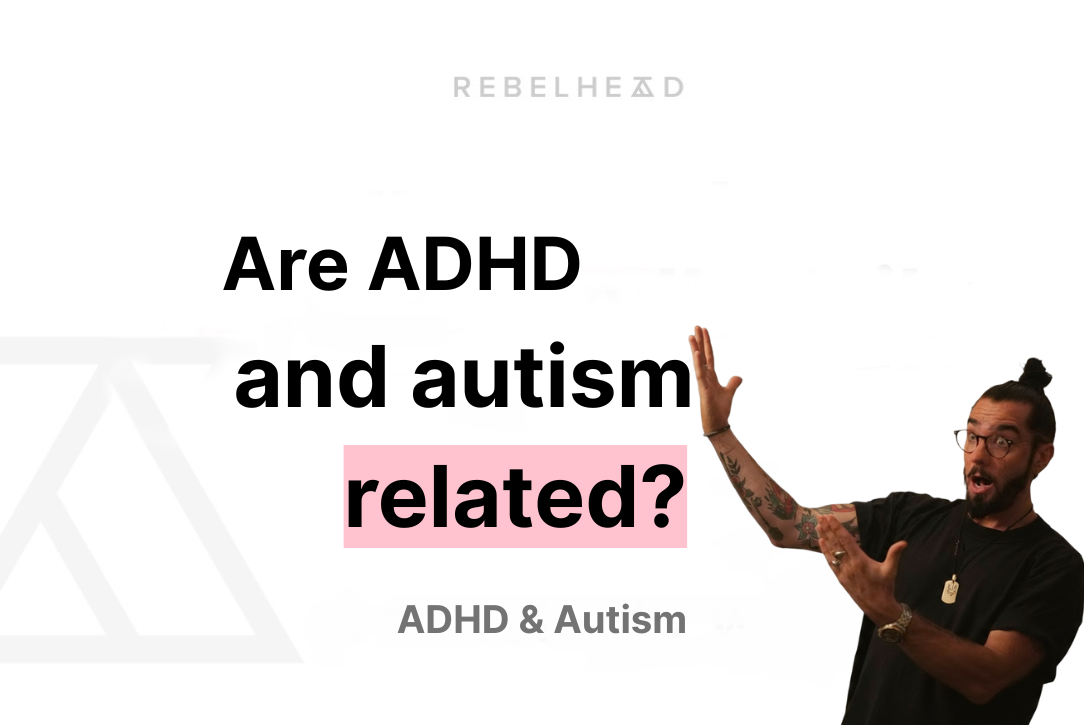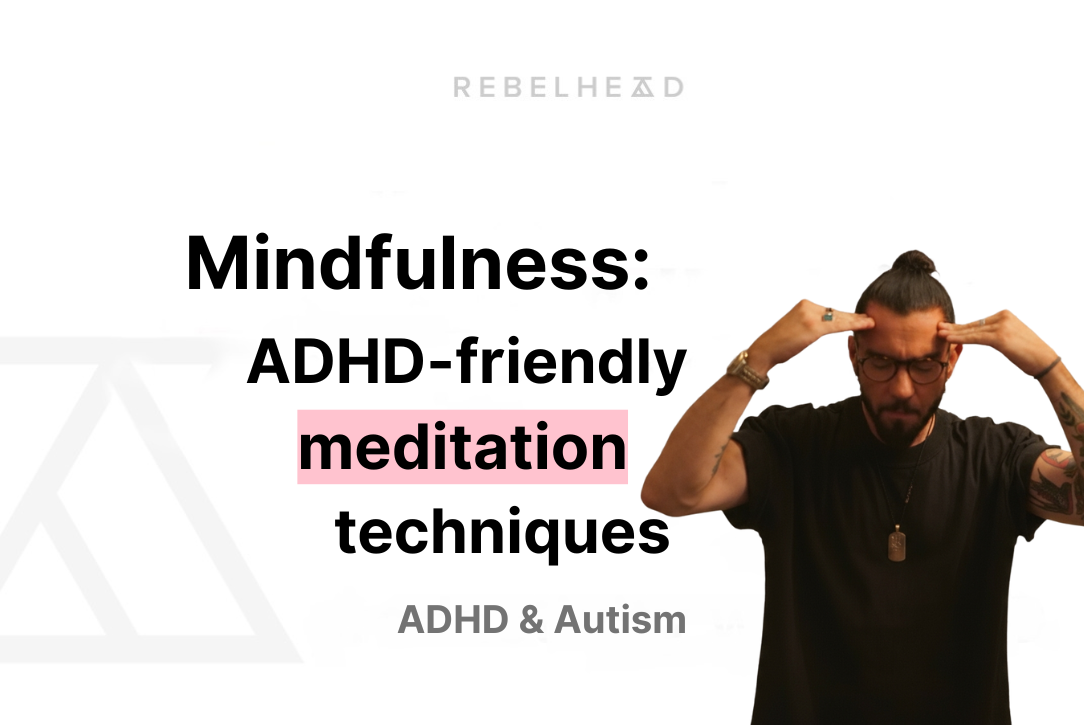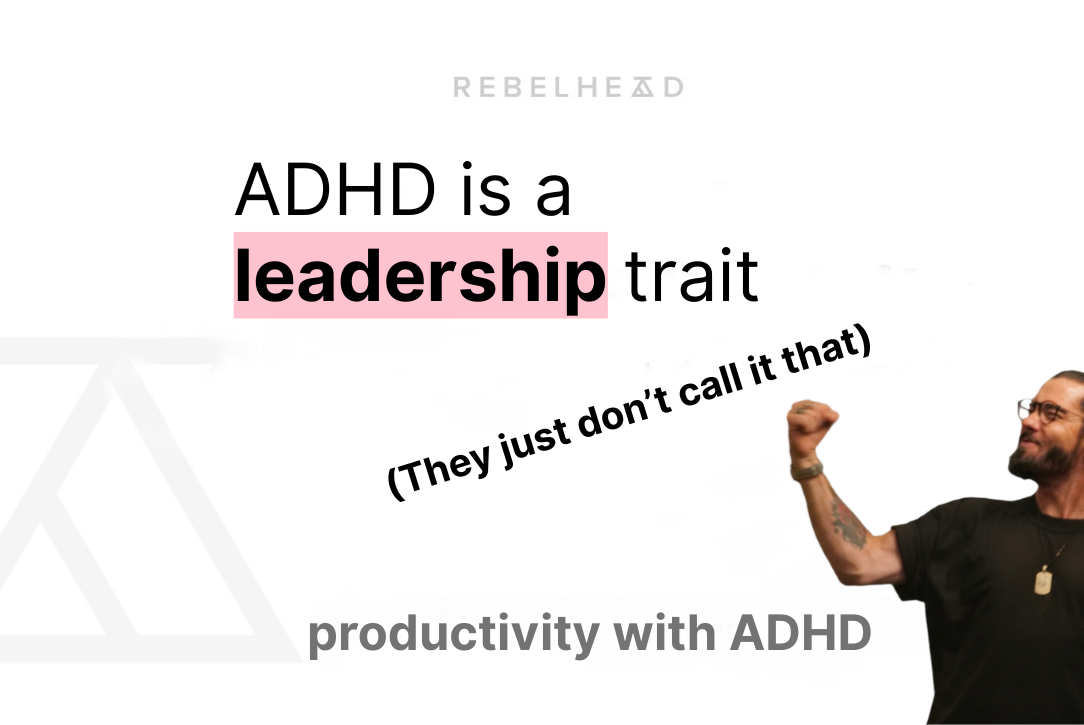Let’s get this out of the way first: ADHD and Autism are not the same thing
They are two separate diagnostic categories, with their own criteria, their own challenges, and their own flavours of brain-wiring.
But are they related?
Oh absolutely. Deeply. Statistically. Neurologically. Socially. Clinically. In the “my kid, my partner, and honestly probably my dog also have multiple labels” kind of way.
So, this blog is the breakdown you secretly want: what overlaps, what doesn’t, what’s misunderstood, and why the Venn diagram of ADHD and Autism is less “two circles touching” and more “someone gave a toddler a Sharpie and now the paper is just one big scribble”.
First: what even are ADHD and Autism?
ADHD is basically a neurotype where the brain’s internal attention system is like a DJ with a Red Bull addiction.
Attention is not absent, attention is selective, emotional, interest-based, and occasionally: nonexistent in the presence of spreadsheets.
Executive function in ADHD is like a group chat. Noise everywhere, not much output.
Autism is a neurotype defined by differences in social communication, sensory processing, and a preference for routines, patterns, and predictability. Autism is often more structured. More pattern-based. More “here is my spreadsheet of my special interest, colour coded, with footnotes” energy.
In short:
- ADHD: I want novelty
- Autism: I want predictability
Except that lots of autistic brains ALSO want novelty.
And lots of ADHD brains ALSO want structure.
(See? Already blurry.)
The overlap is massive
Around 50 to 70% of autistic people also meet diagnostic criteria for ADHD.
And around 25 to 40% of ADHD people meet criteria for Autism.
Clinicians have known this for decades. They just used to pretend they didn’t. Because until very recently, you weren’t “allowed” to diagnose both together.
Brilliant system, right?
Like saying a person can’t be short AND allergic to gluten because we already gave them the short label.
But why do they overlap?
Because both ADHD and Autism are neurodevelopmental differences.
They’re both brain-wiring styles. Different patterns of:
- dopamine
- reward processing
- sensory processing
- social attention
- executive function networks
These are not personality flaws. Not parenting outcomes. Not “screen time”. Not “bad habits”. Not “too many E-numbers”.
These are differences in how certain circuits developed and connected.
They both involve:
- dopamine regulation differences
- sensory differences
- executive functioning challenges
- social differences
- emotional intensity
The differences show up like this:
| Domain | ADHD | Autism | Overlap |
|---|---|---|---|
| Dopamine | Low baseline, thrill-seeking | Low baseline, novelty optional | yes |
| Sensory | distractible, overwhelmed | hyper/hypo in specific channels | yes |
| Routine | loves change | loves structure | yes but inverted |
| Social | overshares | undershares | BOTH are socially misunderstood |
The ADHD + Autism combination exists (and it’s a whole Mood™)
ADHD + Autism together is not “double the difficulty”.
It’s more like two operating systems installed on the same hardware:
- one tells you “JUST START”
- the other says “NO! NOT UNTIL CONDITIONS ARE PERFECT!”
Result:
- The task never starts.
Or:
- you start 31 tasks simultaneously.
Or:
- you hyperfocus with NASA-level intensity on organising your sock drawer by emotional vibe.
Or all of the above within a single afternoon.
Why do they get confused?
Because externally, behaviours can look similar.
Example:
- ADHD person is interrupting because the thought is fast and they don’t want to forget.
- Autistic person is interrupting because the conversation has deviated from logic and needs returning to the relevant point.
Same behaviour. Different mechanism.
Another:
- ADHD fidgets because their brain needs motion to regulate attention.
- Autistic person stims because sensory input helps remain regulated.
Both fidgeting.
Different reason.
Same outcome:
Someone in a corporate environment tells them to “stop it”.
Also: both are MASSIVELY underdiagnosed in adults
Because for decades, clinicians and researchers thought neurodivergence = little boys in classrooms causing problems.
So girls? Ignored. Masked. Double-masked.
Women in their 30s and 40s literally break down Googling “Why am I like this?” and suddenly TikTok is like:
“Here’s a 40-second video explaining your entire personality and emotional history.”
And then they go “Wait… that’s BOTH of these diagnoses.”
Are ADHD and Autism the same root thing?
Possibly.
Some researchers think they’re two flavours of a broader “neurodivergence spectrum”.
Others think they’re separate but often comorbid.
Science hasn’t fully settled this. Mostly because research on actual neurodivergent adults is still underfunded and half the studies are still based on 9 boys aged 7 who like trains.
Are ADHD medications used in Autism?
Yes.
ADHD meds (stimulants or non-stimulants) are used when ADHD traits are present in autistic people.
This sometimes surprises people.
But if you have ADHD traits, you treat ADHD traits, regardless of whether you’re autistic or not.
Just like you don’t refuse someone glasses because they also have asthma.
What about personality differences?
This is where so many stereotypes come from.
People think:
- autism = introverted, quiet, systemising
- ADHD = extroverted, chaotic, meme-poster at 3am
Except you can absolutely have an autistic extrovert.
And an ADHD introvert.
And you can have both, and be socially outgoing but socially weird (in a charming way, IMO).
Real humans don’t fit stereotypes neatly.
Brains are messy.
Brains are allowed to be messy.
Where it REALLY matters is support
Because if you get diagnosed with only one — you might miss crucial strategies.
Example:
- ADHD support might focus on stimulation, novelty, flexible routines.
- Autism support might focus on predictability, reducing sensory load, structured routines.
If you have both?
You need a blend.
You might need structured novelty.
Predictable change.
Routine with variety inside it.
Basically like being a plant that needs light but only through a specific type of curtain fabric.
So are ADHD and Autism related?
YES: statistically, neurologically, genetically, clinically.
Are they the same thing?
No: they cluster differently, present differently, respond differently.
Are they cousins?
Sure.
Are they siblings?
Sometimes.
Are they just different expression sliders on a huge, colourful psych-neuro-developmental mixing desk?
Honestly, that metaphor is probably the closest.
ADHD and Autism are not identical.
But they are deeply related in:
- shared brain mechanisms
- shared life experiences
- shared challenges
- shared misunderstandings from society
And the people who live at the intersection, which is a LOT of people, are not broken, defective, “too much”, or “difficult”.
They are simply wired differently.
They think in ways the world wasn’t built for.
But also: the world needs them.
The inventors, the innovators, the system-builders, the comedians, the pattern-spotters, the hyperfocusers, the deep feelers, the passionate monologuers.
Neurodivergent brains are part of the full diversity of human cognition.
And society is only just starting to realise that.
If anything, ADHD and Autism being related is not the problem.
The problem is pretending they aren’t.
Links:
Popular Articles:
ADHD awareness: Spotlighting ADHDers successes




